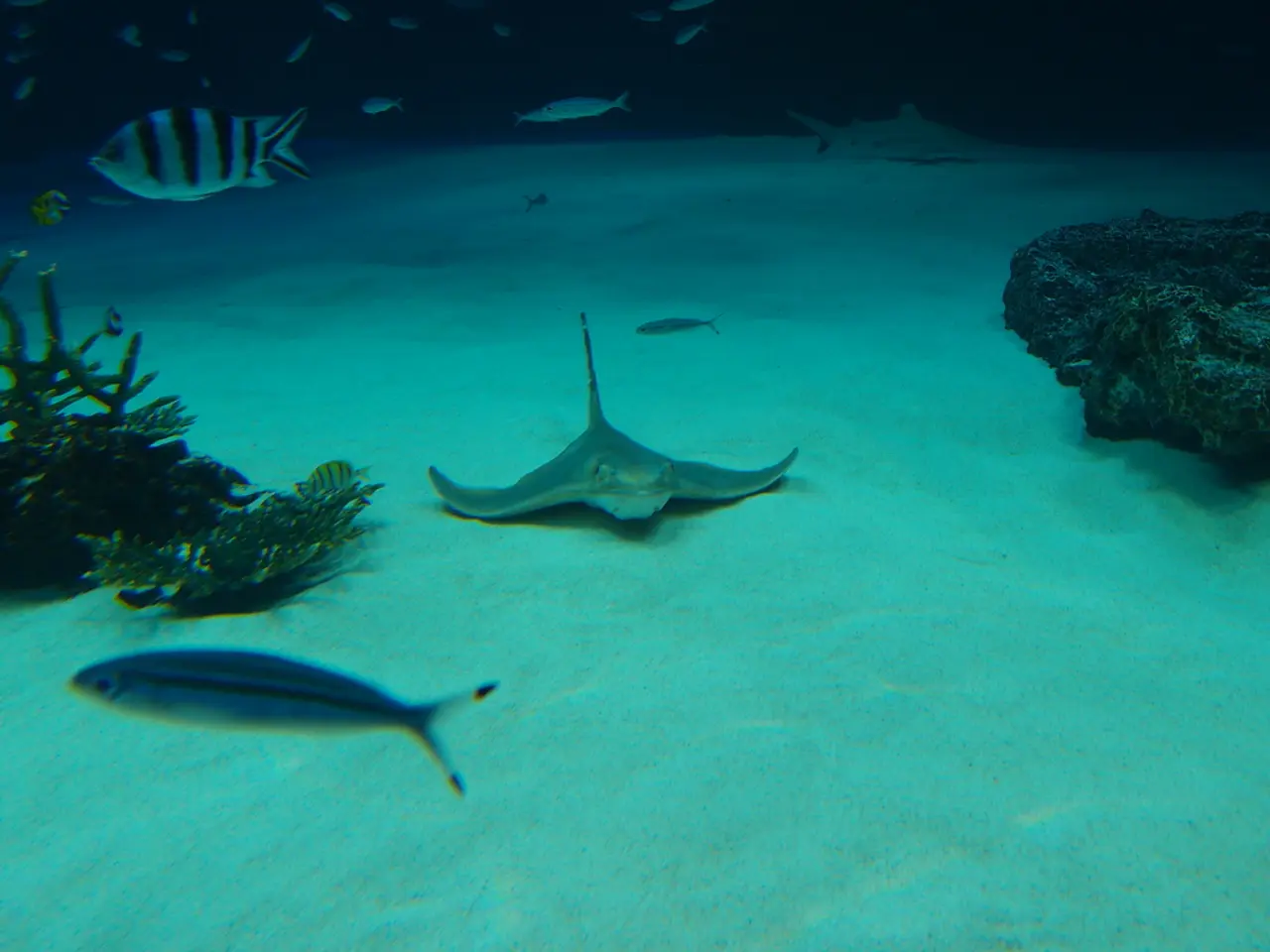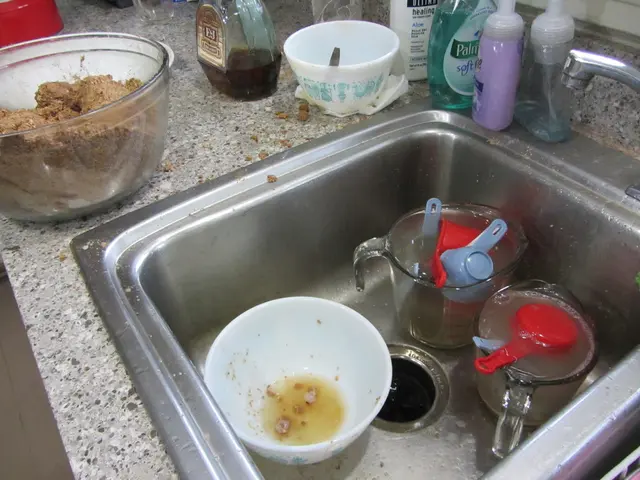Scientists Turn Seawater CO2 into Biodegradable Plastic
Scientists have created a device that extracts carbon dioxide directly from seawater, transforming it into a biodegradable plastic precursor. This innovative system, developed by a team of researchers, has shown promising results in laboratory tests.
The machine, which ran continuously for 536 hours, processed 177 liters of seawater and extracted 6.54 liters of pure CO2, using 3 kilowatt-hours of electricity per kilogram of carbon. The captured carbon dioxide is then converted into formic acid with over 90% selectivity using a novel catalyst.
The formic acid is further converted into high-quality plastic, with the help of a genetically edited marine bacterium, Vibrio natriegens. This bacterium consumes formic acid and produces succinic acid, a key ingredient in biodegradable plastics. The system is net-negative, helping to rebalance ocean chemistry and reduce carbon emissions.
The cost of carbon capture using this system is estimated to be around $230 per ton of CO2, which is competitive with other carbon capture technologies. While the road from laboratory success to a global network of coastal upcycling plants is long, the vision of turning ocean-derived carbon into useful products is promising. The world's oceans store about 140 times more carbon than the atmosphere, presenting a significant opportunity for carbon capture and upcycling.
Read also:
- Transitioning to Electric Vehicles Places Heavy Demand on Power Grids
- E-mobility continues its progress after a decade since the scandal, staying on course
- The Commission deems the assistance program to be in agreement with the domestic market regulations.
- Innovative Garments and Accessories Producing Energy: Exploring Unconventional Sources for Renewable Power








